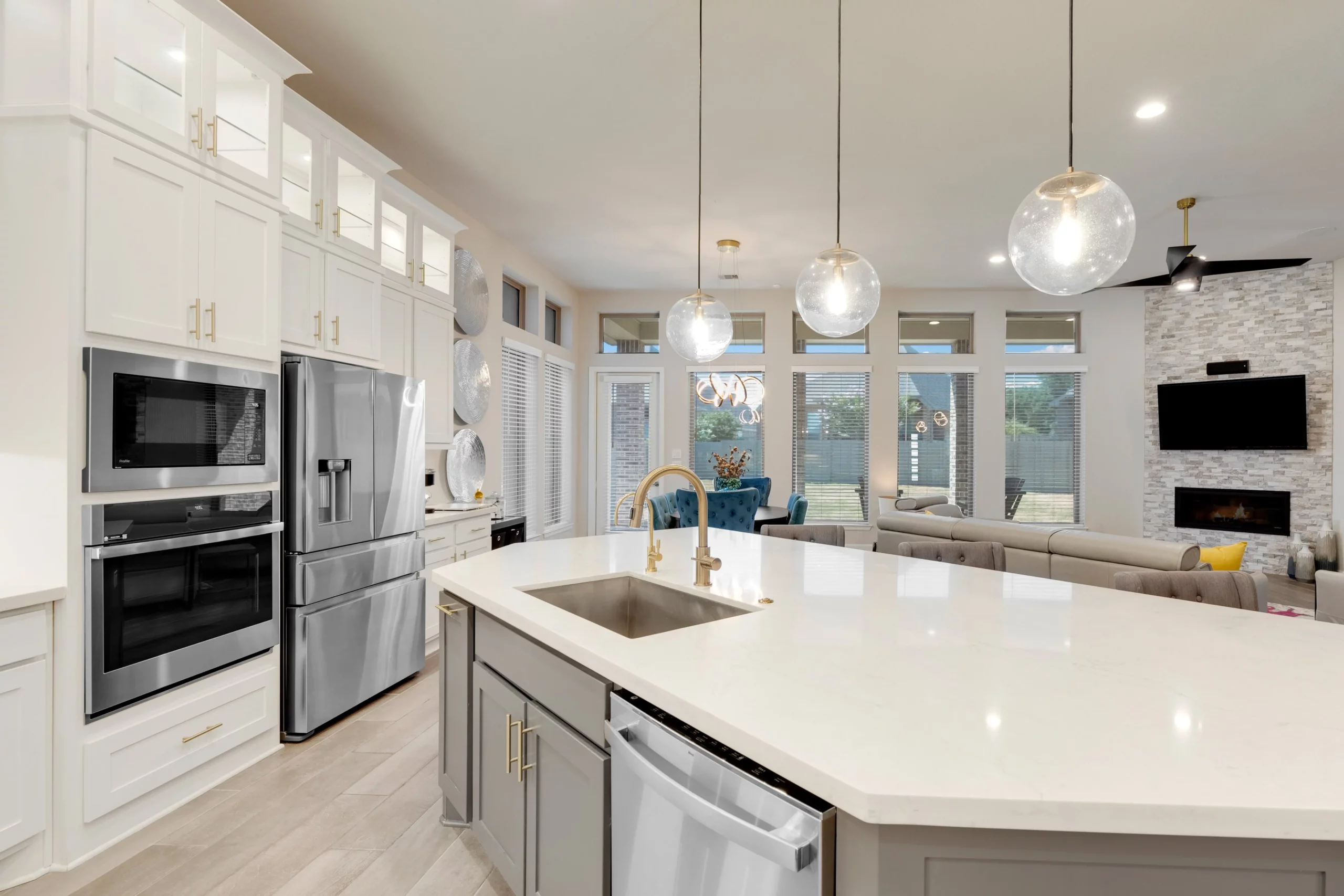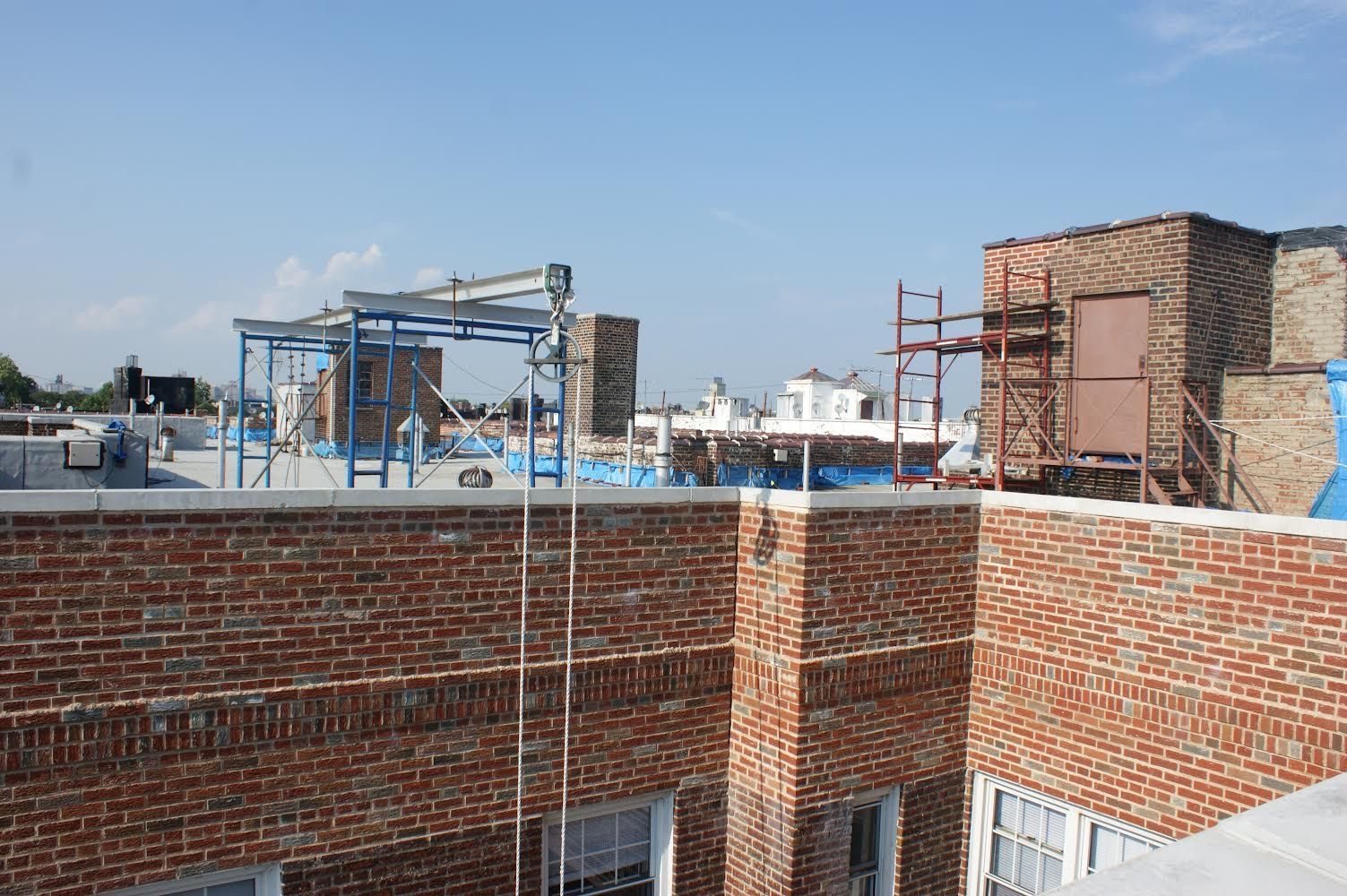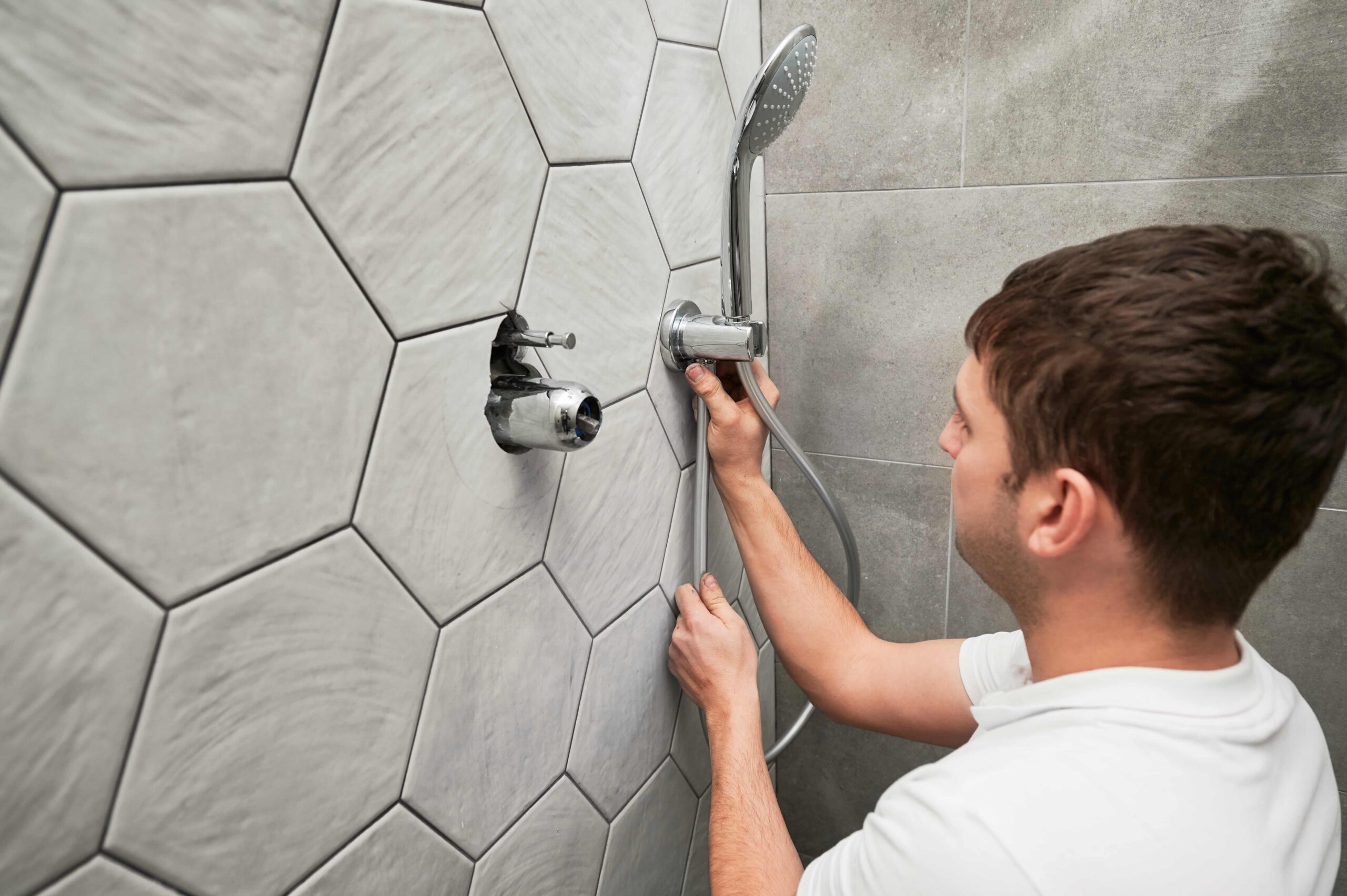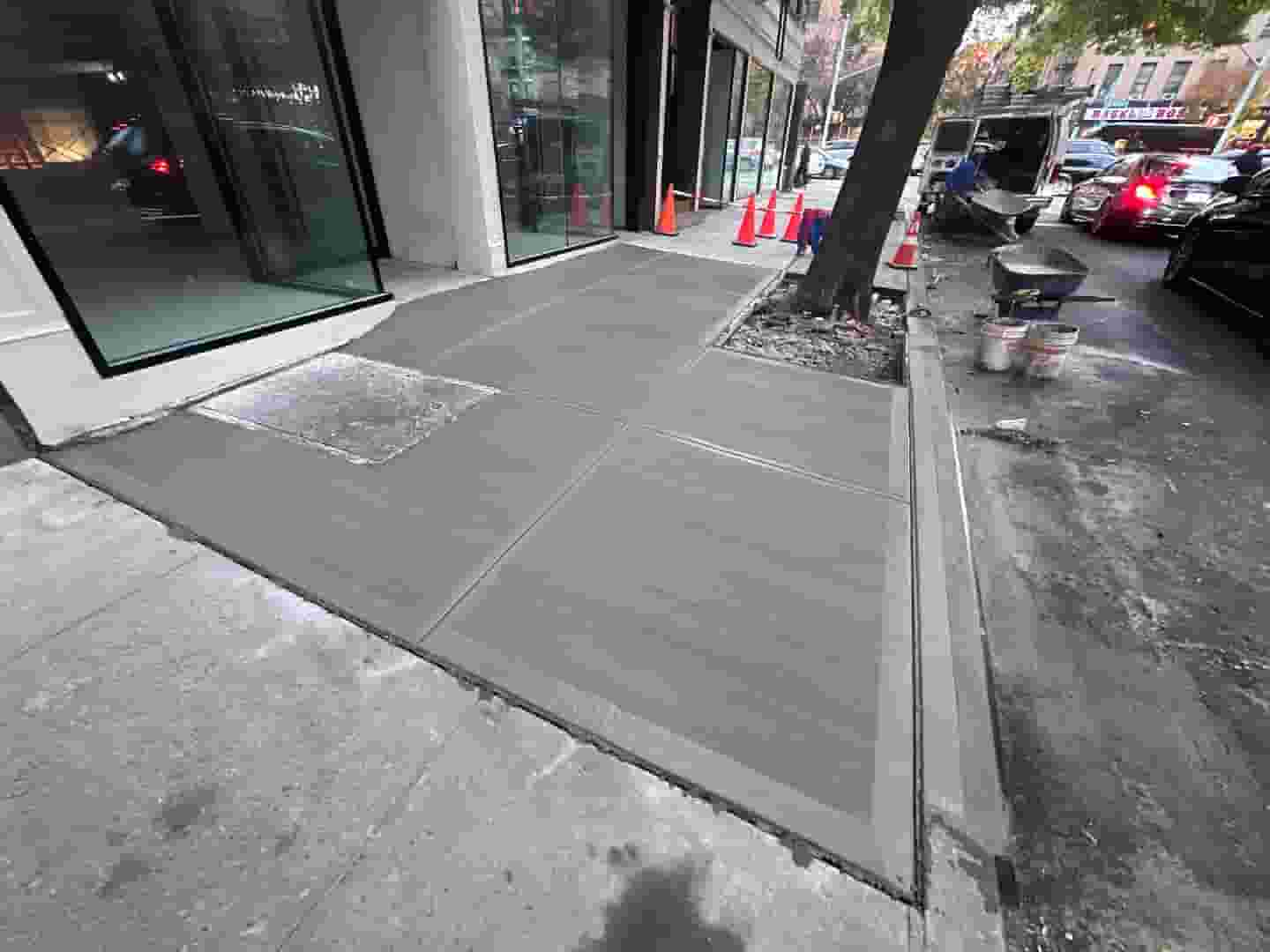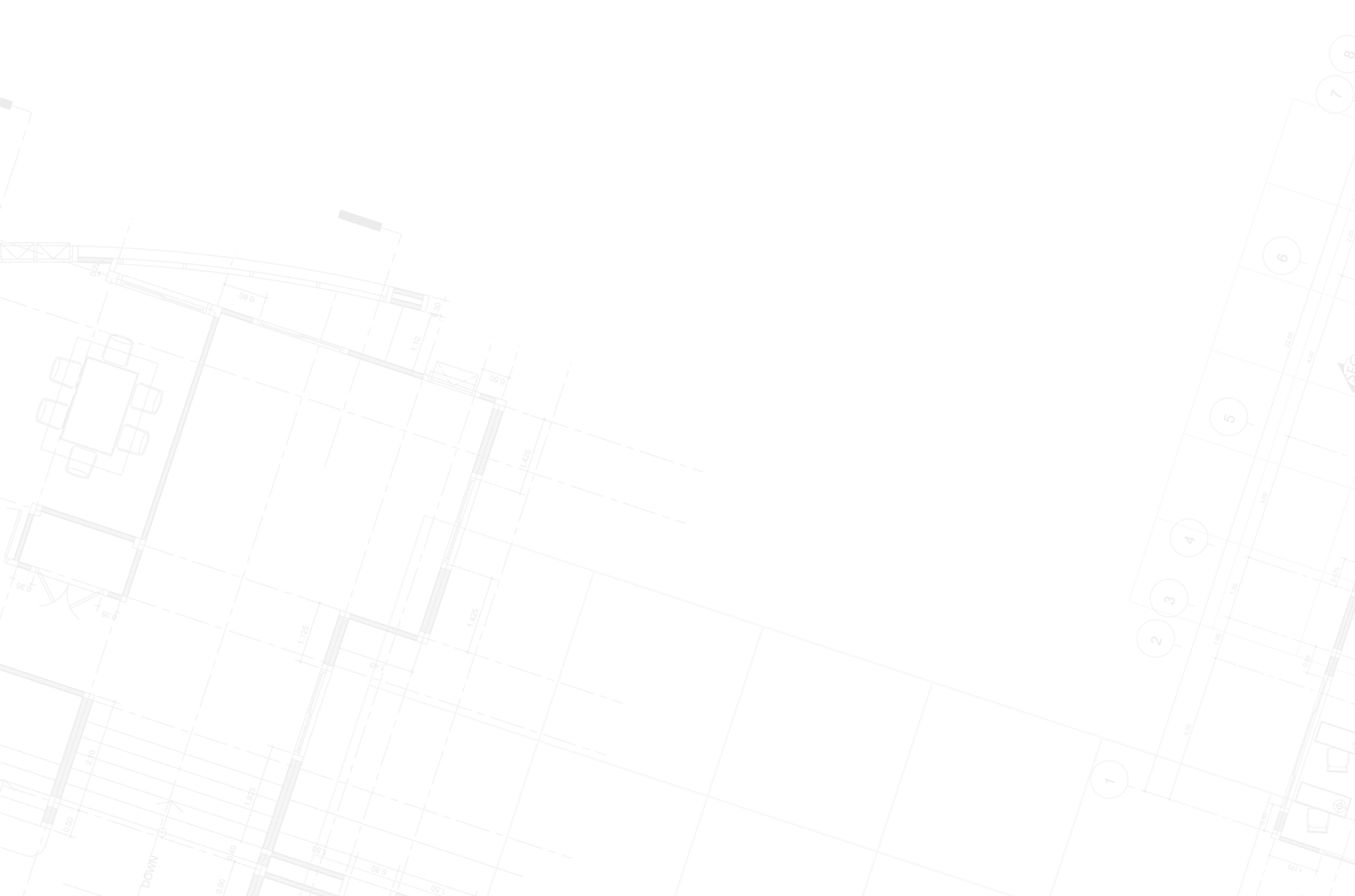
Walking into a stunning kitchen with gleaming porcelain countertops feels like stepping into a luxury hotel suite. But before you fall head over heels for these gorgeous surfaces, let’s dive into the real question that’s probably keeping you up at night: are porcelain countertops worth the investment, or will they leave your wallet crying for mercy?
What You’ll Actually Pay: The Honest Cost Guide
Let’s cut to the chase—porcelain countertops cost anywhere from $50 to $100 per square foot, positioning them squarely in the premium territory alongside granite and quartz. But here’s where it gets interesting: the final price tag depends on several sneaky factors that can either make or break your budget.
The Price Tag Variables That Matter
Your porcelain countertops cost isn’t just a simple multiplication game. Several factors can send prices soaring or keep them surprisingly reasonable:
- Slab thickness: Thicker means pricier, but also more durable
- Design complexity: Intricate patterns and exotic colors command premium prices
- Edge profiles: Simple edges keep costs down, while elaborate designs add artistic flair and expense
- Installation complexity: Tricky layouts and custom cuts increase labor costs
For an average 30-square-foot kitchen, you’re looking at $1,500 to $3,000 for materials alone. Factor in professional installation (which we highly recommend), and you might hit $4,000 to $6,000 total.
The Long Game: Why Porcelain Might Be Your Wallet’s Best Friend
Sure, the upfront porcelain countertops cost might make you wince, but let’s talk about the beautiful relationship between your investment and time. Unlike their natural stone cousins, porcelain surfaces laugh in the face of red wine spills, resist scratches from enthusiastic meal prep, and handle hot pans without breaking a sweat.
Durability That Pays Dividends
- Stain resistance: No more panicking over turmeric spills or beetroot disasters
- Heat tolerance: Your hot Dutch oven won’t leave permanent reminders of Sunday dinner
- Scratch resistance: Prep vegetables directly on the surface without fear (though cutting boards are still recommended)
- Non-porous surface: Bacteria and germs can’t hide in microscopic cracks
This translates to virtually zero maintenance costs over decades, making porcelain a surprisingly economical choice when you calculate the cost-per-year of ownership.
